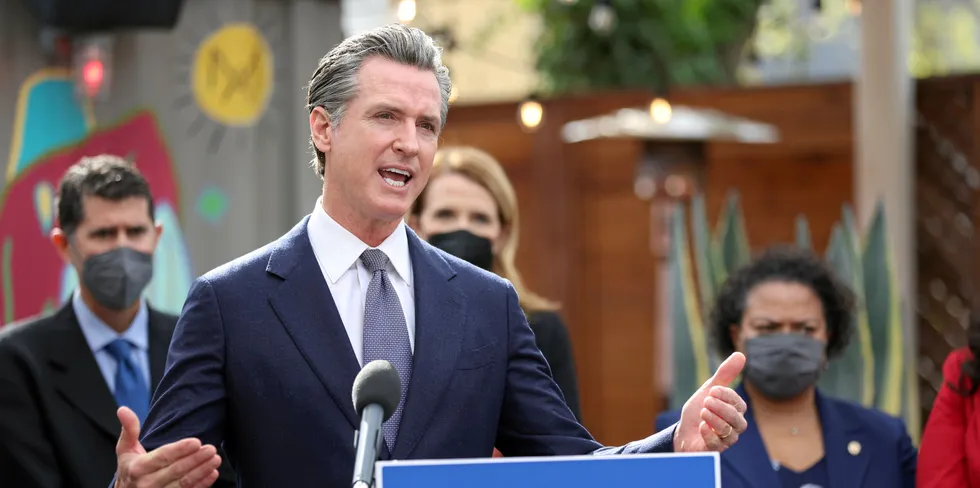Governor's 20GW California goal 'shows state damn serious’ about floating wind power
Newsom's increased 2045 target satisfies offshore industry by upping ante but falls short of calls for 50GW and demurs from short term goal

Newsom's increased 2045 target satisfies offshore industry by upping ante but falls short of calls for 50GW and demurs from short term goal
